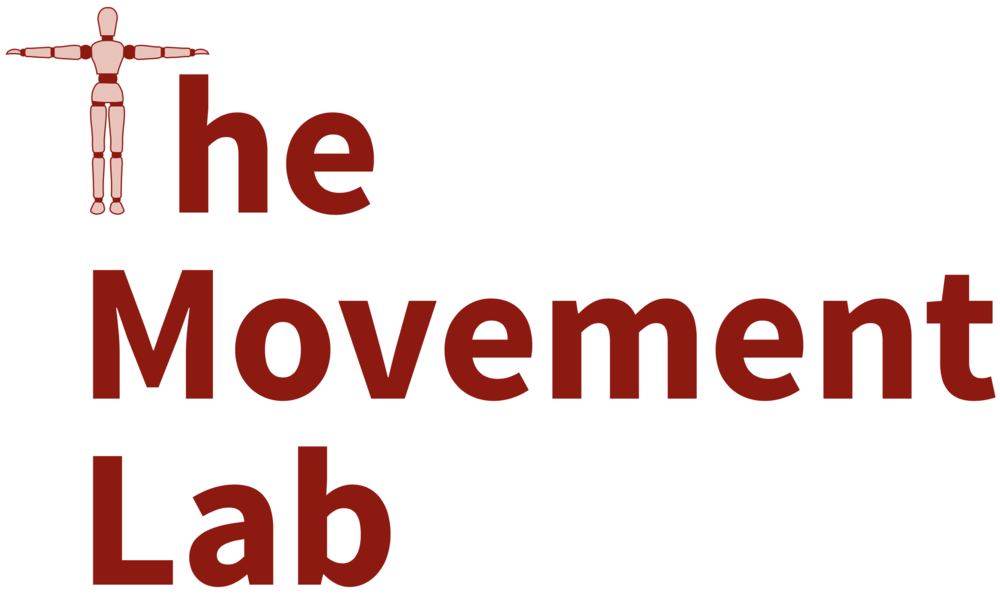On Designing a Learning Robot: Improving Morphology for Enhanced Task Performance and Learning

As robots become more prevalent, optimizing their design for better performance and efficiency is becoming increasingly important. However, current robot design prac- tices overlook the impact of perception and design choices on a robot’s learning capabilities. To address this gap, we propose a comprehensive methodology that accounts for the interplay between the robot’s perception, hardware charac- teristics, and task requirements. Our approach optimizes the robot’s morphology holistically, leading to improved learning and task execution proficiency. To achieve this, we introduce a Morphology-AGnostIc Controller (MAGIC), which helps with the rapid assessment of different robot designs. The MAGIC policy is efficiently trained through a novel PRIvileged Single-stage learning via latent alignMent (PRISM) framework, which also encourages behaviors that are typical of robot onboard observation. Our simulation-based results demonstrate that morphologies optimized holistically improve the robot performance by 15-20% on various manipulation tasks, and require 25x less data to match human-expert made morphology performance. In summary, our work contributes to the growing trend of learning-based approaches in robotics and emphasizes the potential in designing robots that facilitate better learning. The project’s website can be found at learning-robot.github.io.
